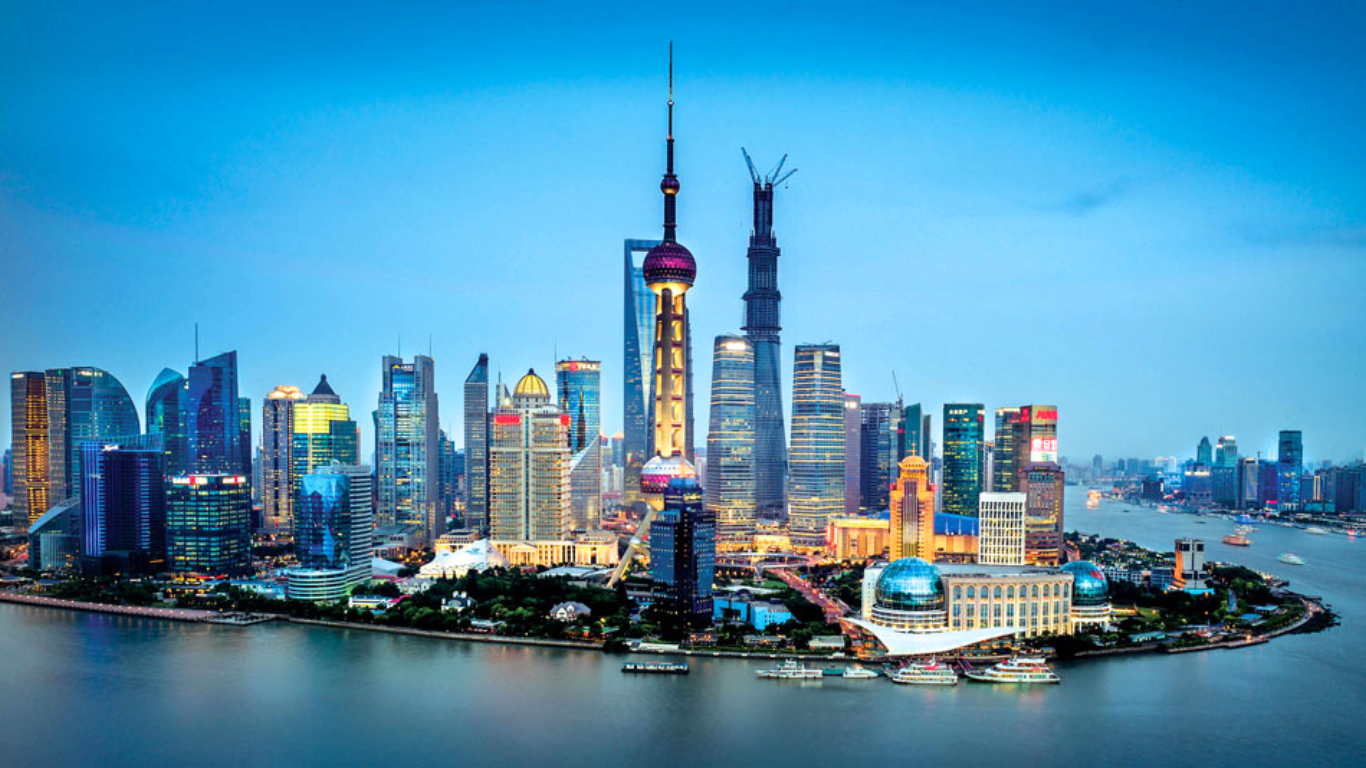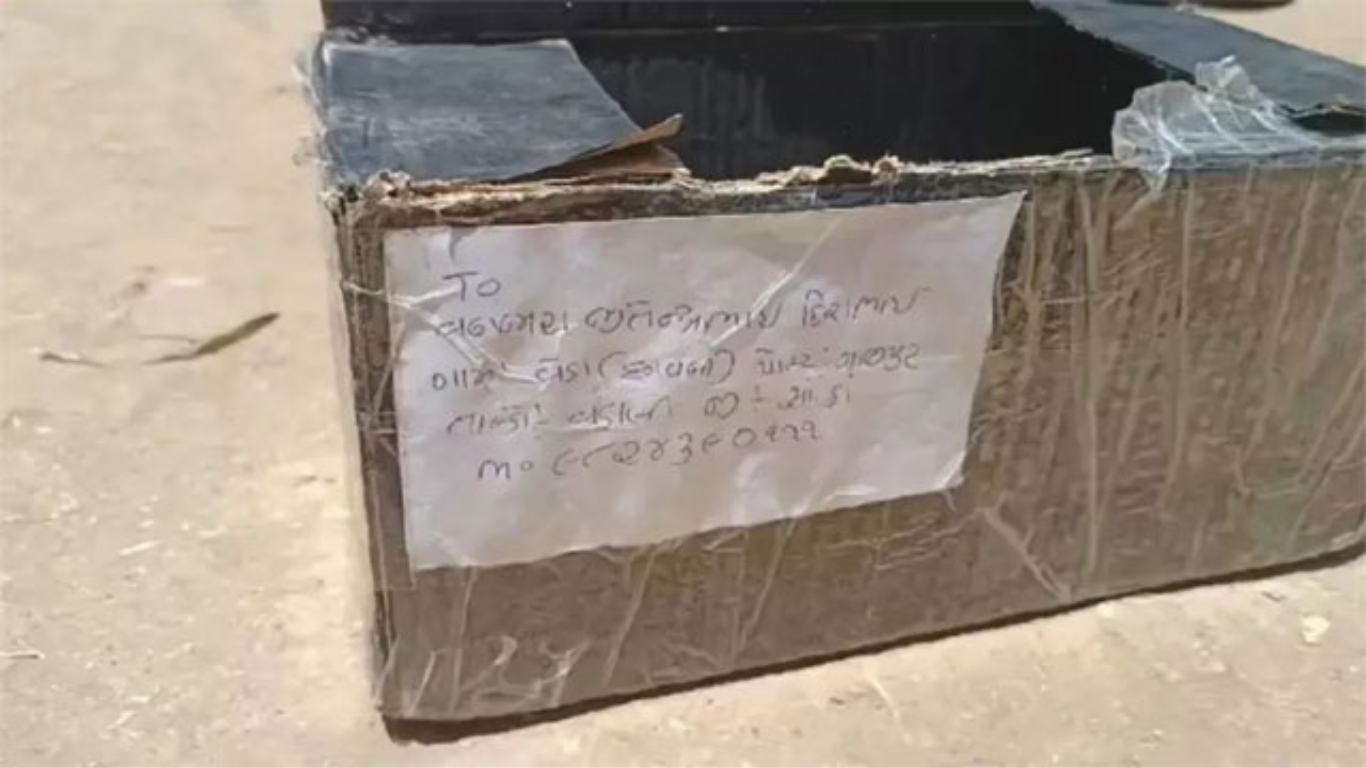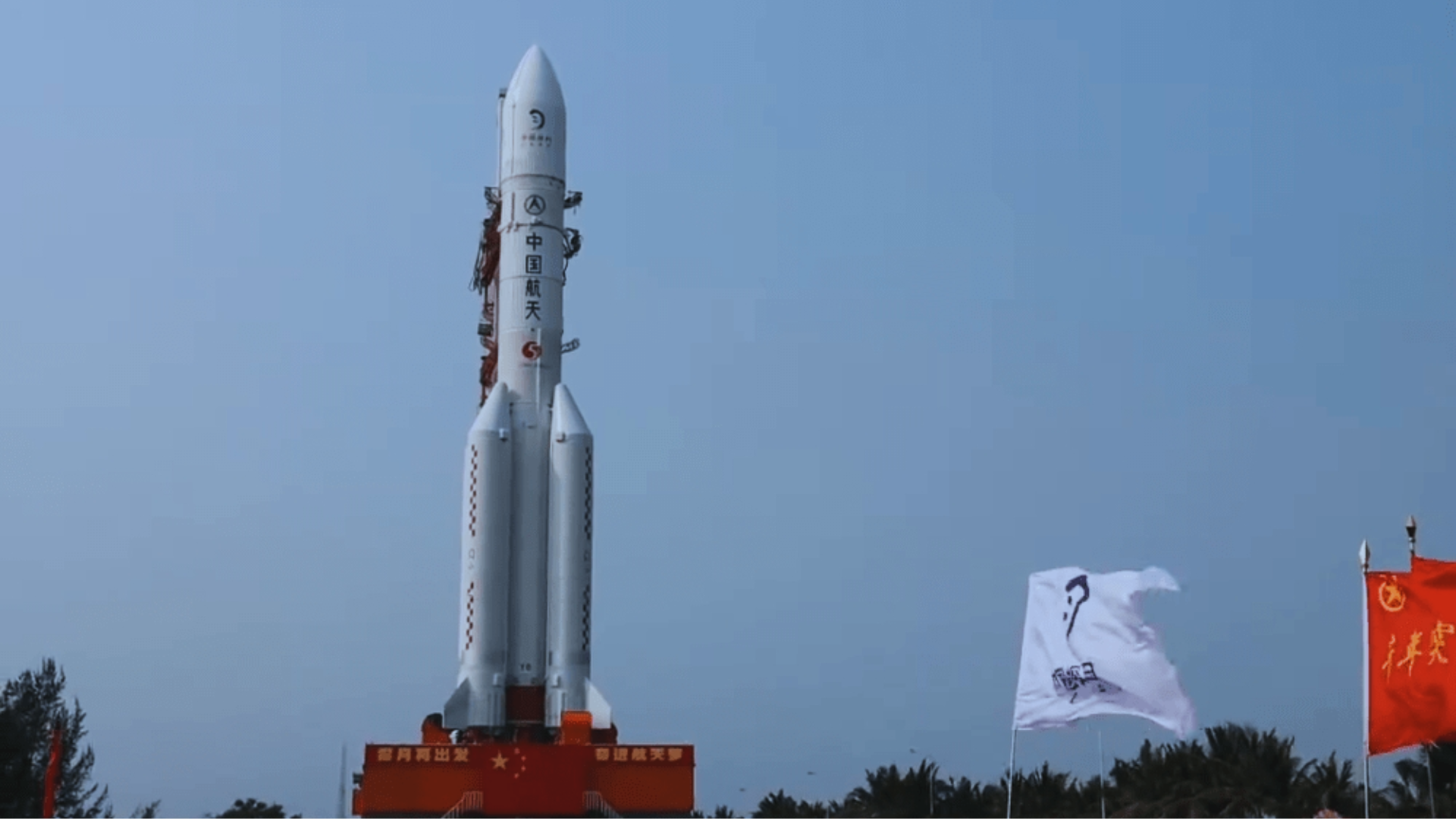










A recent study using satellite data has revealed that approximately one-third of China’s urban population is facing the risk of land subsidence, highlighting a global trend. The research suggests that China’s urban areas below sea level could triple by 2120, affecting between 55 to 128 million residents.
The study, which examined 82 cities including Shanghai and Beijing, with a total population close to 700 million, found that 45% of the urban land analyzed is sinking, with 16% sinking at a rate of 10 millimeters per year. Notable areas experiencing subsidence include Beijing and the coastal city of Tianjin.
It is estimated that 270 million urban residents could be impacted, with nearly 70 million experiencing rapid subsidence of 10 millimeters per year or more. The findings were published in the journal ‘Science’.
The cause of this phenomenon is primarily attributed to human activities in urban areas, which can exacerbate climate change and sea-level rise, particularly affecting coastal cities like Tianjin.
When considering both subsidence and sea-level rise, the researchers warn that China’s urban areas below sea level could triple by 2120, potentially affecting millions of residents. They emphasize the need for a robust societal response to prevent catastrophic consequences. Shanghai, the largest city in China, has experienced up to 3 meters of subsidence over the past century.
The researchers stress the importance of accounting for land subsidence in adaptation and resilience plans, as neglecting this factor could pose significant risks to lives and infrastructure in the future.
ALSO READ: China Introduces Fresh Cyber Corps Aimed At Winning Wars









